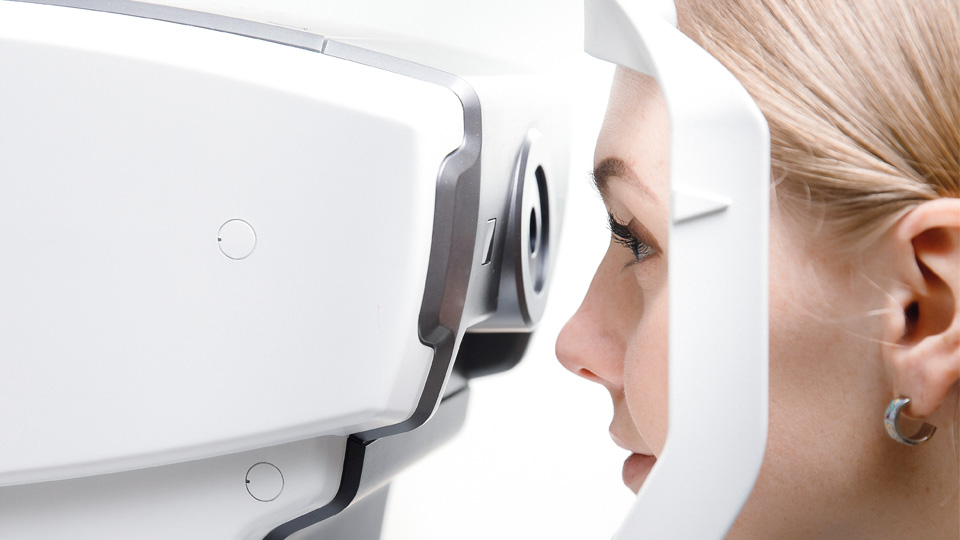All about the skin around the eyes and “drooping” eyelids
04/04/2025

14/04/2020
An intraocular lens or IOL is an artificial acrylic or silicone lens that is surgically implanted into the eye with the aim of correcting or improving focus because of a crystalline dysfunction.
IOLs can be pseudophakic or phakic.
An IOL can be implanted into the anterior chamber, posterior chamber, sulcus or inside the capsular bag.
Types of IOL
| Monofocal lenses: They are used to focus at one distance (close-up or far away). | |
| Multifocal: They reduce or eliminate the need for glasses by focussing on two or more points. They can be: |
|
|
|
|
|
| Toric IOL. To correct astigmatism. | |
| Teledioptric IOL. For poor vision or severe visual deficit. | |
We do a personalised study on each patient to find out which type of IOL is ideal. After assessing each case individually and taking into account the characteristics of the eye and expectations of each individual, their hobbies, their profession, etc., together the surgeon and patient decide which IOL is the best option.
Dr. Milan Pešić, opthalmologist of the Barraquer Ophthalmology Centre
Almost all wearers of glasses and contact lenses consider reducing their prescription with refractive techniques at some point. In this chapter we explain all the options and help you know when it is worth having surgery, who is a good candidate and why it is so important to choose where to go.